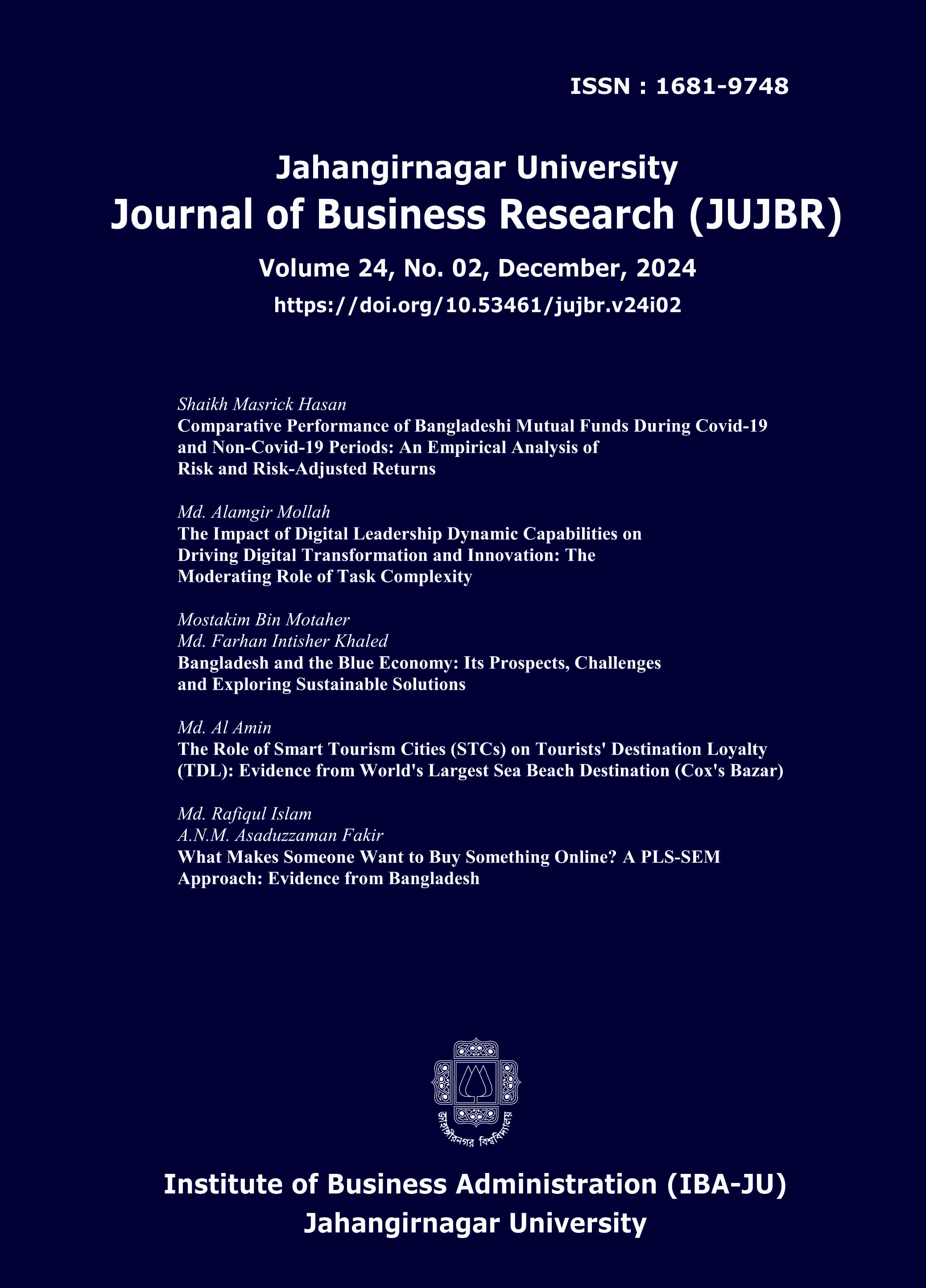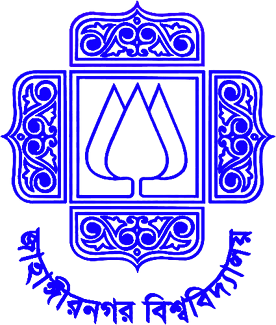The Impact of Digital Leadership Dynamic Capabilities on Driving Digital Transformation and Innovation: The Moderating Role of Task Complexity
Dynamics of Digital Leadership
DOI:
https://doi.org/10.53461/jujbr.v24i02.62Abstract
In the wave of digitalization, information technology (IT) sectors are playing a crucial role for thriving digital transformation capabilities (DTC) and innovation, where digital leaders serve as the epitome of success. This study aims to explore the dynamic role of digital leadership (DL) in driving digital innovation (DI) while analyzing the mediating effects of DTC and the moderating role of task complexities (TC). To perform this study, data were collected from 403 respondents from IT personnel in Bangladesh through convenient sampling methods, and the analysis was performed employing SPSS 23 and AMOS 24 software packages. The results of the test proved that DL has a substantial positive effect on DTC and innovation, where DTC was found to partially mediate between DL and innovation. While TC has a significant moderation effect on the interlink between DL and DI. The study's findings shed light on some implications, highlighting how the dynamics of DL can foster a digital environment that is conducive to innovation. Additionally, to cope with TC, DL needs to embrace an adaptive, malleable strategy to manage innovation effectively. To achieve organizational success, DL guides their teams as well as ensures that the required digital infrastructure and capabilities are favorable for innovation. This study is grounded in the DCV and RBV theories, findings factors might be crucial for IT organization management, policymakers, and relevant authorities for maintaining stable organizational performance and gaining competitive advantages.
Downloads
Published
How to Cite
Issue
Section
License
©2018 Jahangirnagar University Journal of Business Research. All rights reserved. However, permission is granted to quote from any article of the journal, to photocopy any part or full of an article for education and/or research purpose to individuals, institutions, and libraries with an appropriate citation in the reference and/or customary acknowledgement of the journal.


